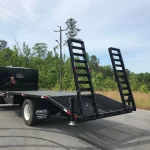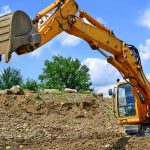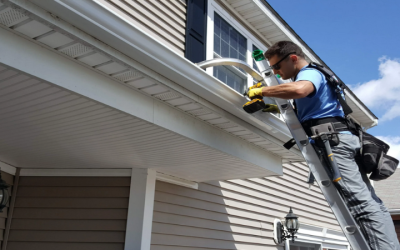Casting machines are used in many industries and even within the same industry. These may range from machining metals to fabricating car parts or building electronic devices. Applications of casting machining are almost limitless because manufacturers can perform every operation on a casting machine.
Applications of Casting Machining
This is a process that engineers can use to create metal parts of various shapes and sizes. The process involves pouring molten metal into a mold, which is cooled and solidified. Once the metal has hardened, it can be machined to create the desired shape.
The machining is typically used for high-volume production runs, as it is a fast and efficient way to produce large quantities of parts. Additionally, the machining can create parts with complex geometry that would be difficult or impossible to produce using other manufacturing methods.
Advantages of Casting Machining
The machining is a process that has many advantages over other manufacturing processes.
Some of the advantages of machining include the following:
Increased accuracy – When casting parts, the dimensions of the part are much more accurate than when using other manufacturing processes. It is because the molten metal is poured into a mold which gives it a consistent shape.
Reduced costs – the machining can be cheaper than other manufacturing processes since it does not require as much material to create the parts. In addition, there is less waste generated during the casting process.
Increased strength – Parts made through casting are typically stronger than parts made with other manufacturing processes. The metal cools and hardens in the mold, resulting in a more robust overall structure.
Increased durability – Due to the increased strength of parts made through casting, they are also more durable than parts made with other manufacturing processes. It means that they will last longer and be less likely to break or wear down over time.
There are a few disadvantages to casting machining, however. The process generally requires more time and effort to set up compared to other machining methods, and it can be challenging to achieve precise tolerances with this method. In addition, the strength and durability of cast parts may not be as high as parts made from other materials or processes.
Casting machining is often used for the high-volume production of parts, as the molds can be reused multiple times to produce identical copies of the desired part. It makes it an efficient and cost-effective manufacturing method for large-scale production runs.







